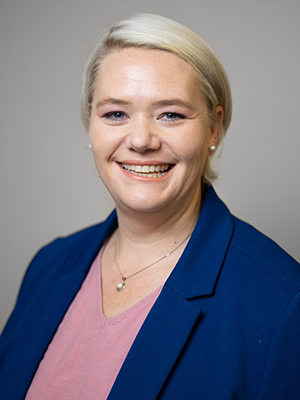
Prof Anja Franken
From laboratory to lecture hall: Translating occupational skin exposure research into teaching and practice...read more
Prof Anja Franken
From laboratory to lecture hall: Translating occupational skin exposure research into teaching and practic
Occupational Hygiene is defined as ‘the discipline of anticipating, recognising, evaluating and controlling health hazards in the working environment with the objective of protecting worker health and well-being and safeguarding the community at large.’ Prof Anja Franken investigated the skin permeability of both platinum and rhodium salts through healthy human skin using the in vitro methodology. The results indicated that both platinum and rhodium permeated through healthy skin, and more importantly, was retained inside the skin. These results indicated the potential for reservoir formation in the skin which could lead to continued permeation even after the workers left the workplace.
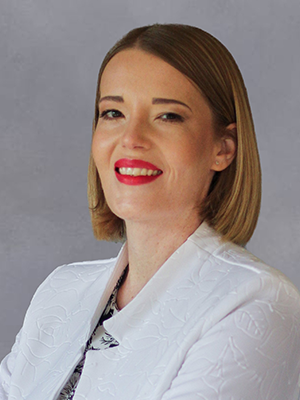
Prof Vicki Koen
Picture it: The value of visual methods in family well-being research...read more
Prof Vicki Koen
Picture it: The value of visual methods in family well-being research
In the lecture, Prof Koen presents six South African case studies that utilised visual methods in familial research with different populations, including different racial groups, adults, children and adolescents. The first study employed graphic family sculpting and focus groups with black adolescent females regarding their experience of their relationships with their parents. Drawings, narratives and family interviews were used in the second study to collect data from diverse family members on family psycho-social well-being. The third study utilised drawings and family interviews to collect data from children and adult family members on their experience of a joint nature exposure programme. In the fourth study, drawings and individual interviews were used to collect data from juvenile offenders housed in a correctional centre. In the fifth study, photovoice was employed with single mothers from a rural community to explore resilience factors and processes. Lastly, body mapping is discussed as a method that will be used in a future study focused on the role of spiritual practices in self-regulation of black South African families. The lecture concludes with guidelines on the use of visual methods in family and family well-being research.
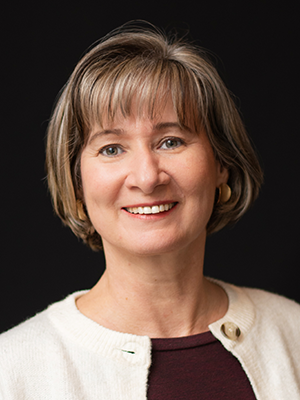
Prof Linda Malan
Targeting inflammation to improve health and immune function...read more
Prof Linda Malan
Targeting inflammation to improve health and immune function
Professor Linda Malan’s research focuses on the role of nutrition in modulating inflammation and immune function, spanning the field from molecular mechanisms to public health applications. The first theme investigates omega-3 long-chain polyunsaturated fatty acids (LCPUFAs) as adjunct therapies in tuberculosis (TB). Pre-clinical studies demonstrated that omega-3 supplementation exerts bactericidal effects, improves resolution of inflammation, and ameliorates anaemia of infection, either alone or alongside TB drugs. Compared to ibuprofen, long-term omega-3 showed more sustained anti-inflammatory and immune-balancing effects, reducing lung pathology. The second theme addresses the interplay of micronutrients and inflammation in women of reproductive age, pregnancy and early childhood. Using stable isotope techniques, her group investigates iron absorption, losses and interactions with inflammatory status. These studies show that high-dose iron supplementation during pregnancy may present a risk for iron-sufficient women, and that vitamin D deficiency contributes to anaemia and impaired immune function in infants. Early complementary feeding of children/infants with eggs was found to reduce allergy risk to common allergenic foods, support immune modulation and improve growth factors. Together, these studies advance strategies to optimise maternal and child nutrition, reduce infection risk and consequences, and harness immunonutrition to improve health.
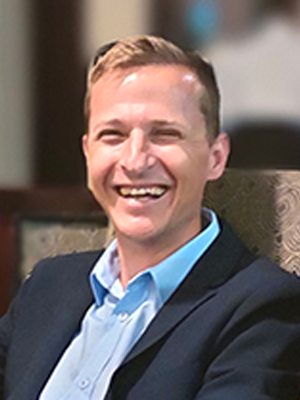
Prof De Wet Wolmarans
Van doelgerigtheid tot doellose rigiditeit en psigiatrie: Twee dekades van ontdekking in die Noord-Amerikaanse hertmuis (P. maniculatus bairdii)...read more
Prof De Wet Wolmarans
Van doelgerigtheid tot doellose rigiditeit en psigiatrie: Twee dekades van ontdekking in die Noord-Amerikaanse hertmuis (P. maniculatus bairdii)
Noord-Amerikaanse grasvlak-hertmuise (Peromyscus maniculatus bairdii), ’n wilde spesie van die Cricetidae-familie wat inheems is aan Noord-Amerika, is oor die afgelope twee dekades vir hul spontane, maar wisselende uiting van kompulsiefagtige gedrag bestudeer. Die herhalende en knaende aard van drie eiesoortige kompulsiewe gedragsfenotipes wat deur hertmuise getoon word, met ander woorde buitensporige patroonmatige motoriese gedrag, groot nesbougedrag en buitensporige begrawing van albasters, word beklemtoon deur die onderskeie verwantskappe wat hierdie gedragsfenotipes met talle neurobiologiese, fisiologiese en neurokognitiewe versteurings toon.
Deur die loop van hierdie intreerede word belangrike bevindinge opgesom wat oor die afgelope twee dekades uit die eksperimentele aanwending van die hertmuis na vore gebring is . Klem word ook gelê op die gepastheid van die hertmuis om as ’n eksperimentele raamwerk te dien wat aangewend kan word om die meganismes te bestudeer wat knaende en kompulsiefagtige gedrag sou kon verklaar. Die intreerede sluit af deur kortliks na hedendaagse navorsing ten opsigte van die hertmuis te verwys en ’n blik op die toekoms van hierdie unieke – inderdaad die wêreldwye enigste – natuurlike dieremodel van kompulsiwiteit te werp.
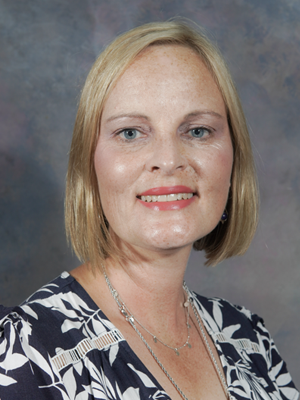
Prof Tinda Rabie
Can the light of presence in caring still shine in the health profession through wise and guiding healthcare providers? Absolutely!...read more
Prof Tinda Rabie
Can the light of presence in caring still shine in the health profession through wise and guiding healthcare providers? Absolutely!
This inaugural lecture begins by offering each of you a gift – not a material one, but a conceptual and profoundly human gift: the gift of understanding the concept of presence in caring. Drawing on both contemporary and classical scholarship, this concept is presented as a fundamental and transformative element in healthcare practice. Presence in caring is defined as “being with the other with your whole self” (Valliot, in Du Plessis, 2021), “being there with and for the other” (Baart, 2024), and as “a means of restoring wholeness after an injury to personhood” (Stanley, 2002). It is not merely an expression of emotional support, but an ethical and professional imperative. Through a reflective scenario from cancer care, this inaugural lecture explores the emotional and moral terrain navigated by patients, families and healthcare providers (HCPs). It positions the HCP as a “wise person” who exercises practical wisdom – a blend of virtue, ethical sensitivity and servant leadership – in a complex and often strained healthcare environment, or carescape.
Drawing inspiration from pioneers such as Florence Nightingale, the light carrier, the lecture reimagines the HCP as a modern-day shepherd: a guide who combines clinical expertise with empathy, humility and attentiveness through servant leadership. This address concludes with a call to action: to consciously cultivate presence in caring as both a personal commitment and a professional discipline. In doing so, we may begin to reshape the healthcare landscape into one rooted in compassion, trust and our shared humanity.
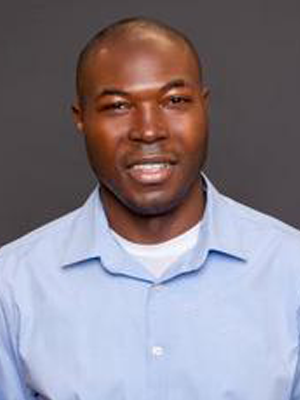
Prof Richard Beteck
Magic bullets: What they are, and how they are made...read more
Prof Richard Beteck
Title: Magic bullets: What they are, and how they are made
Human infectious diseases are mainly caused by invading pathogens (bacteria, viruses, fungi, parasites), most of which are too small in size to be seen with the naked eye. Generally, infections arise when these pathogens start to grow and multiply within human cells and tissues. To efficiently and effectively eliminate these invading pathogens without negatively affecting the surrounding human cells, nor overall human health, is a magical process that can only be achieved using a rationally constructed agent (medicine) rather than relying on trial and error (chance). Effective medicines are built rationally through an iterative process that involves systematic and subtle structural alterations. These structural alterations are made repeatedly until the desired pharmacological activity (in vitro and in vivo) and drug-like properties are attained.

Prof Joe Viljoen
Combating the BTIDs using innovative self-emulsification drug delivery systems...read more
Prof Joe Viljoen
Combating the BTIDs using innovative self-emulsification drug delivery systems
Self-emulsifying drug delivery systems (SEDDSs) represent a groundbreaking approach to improving the treatment of diseases (for example, tuberculosis, malaria and HIV/AIDS), which are often managed with poorly water-soluble, lipophilic drugs. These drugs exhibit low bioavailability, particularly in malnourished patients who cannot consume the fatty meals necessary for effective absorption. SEDDSs address this issue by forming fine oil-in-water or water-in-oil emulsions upon contact with gastrointestinal or dermal fluids, requiring only mild agitation, in other words, gastric peristalsis – no specialised equipment or external energy input is needed. SEDDSs are pre-concentrates consisting of lipophilic drugs dissolved in oil, mixed with surfactants and co-surfactants. Upon administration, they spontaneously emulsify, creating micro- or nano-emulsions that enhance lipophilic drug solubility and facilitate lymphatic transport, bypassing first-pass metabolism. For dermal application, the formulation must navigate limited water availability by carefully balancing hydrophilic and lipophilic components. Natural and essential oils, selected for their penetration-enhancing and therapeutic properties, are central to the performance of SEDDSs. Development challenges include precise excipient selection, formulation stability, and achieving the desired droplet size to control drug release. Tools such as pseudoternary phase diagrams aid formulation design, particularly for fixed-dose combinations with varying solubility profiles. SEDDSs offer scalable, stable and cost-effective solutions, holding immense potential to revolutionise infectious disease therapy, especially in resource-limited settings.
*(BTIDs = big three infectious diseases, namely tuberculosis, malaria and HIV/AIDS)
